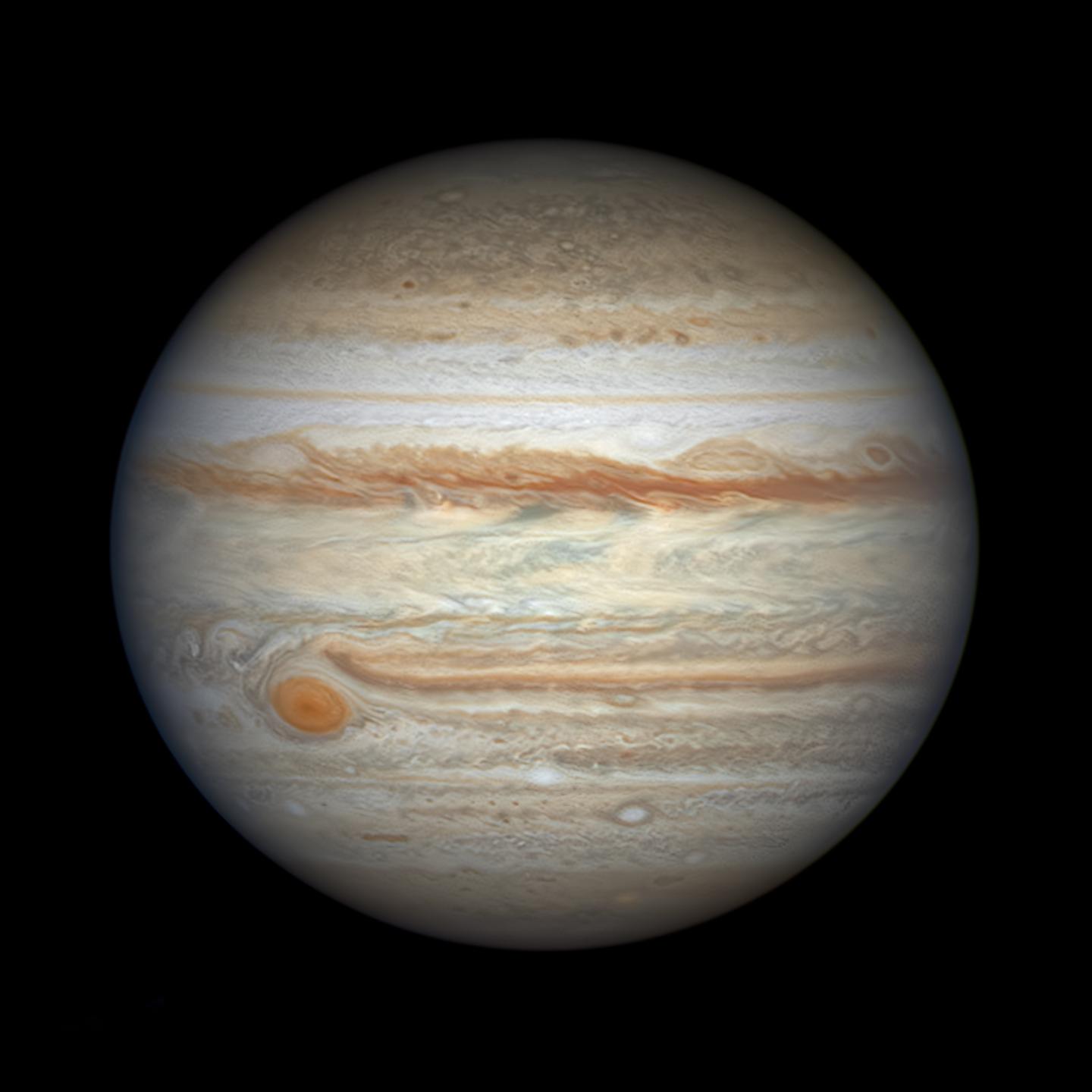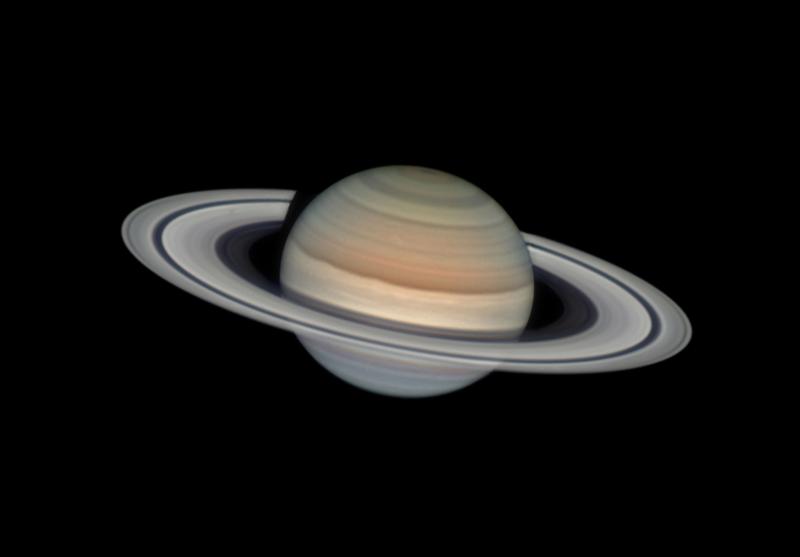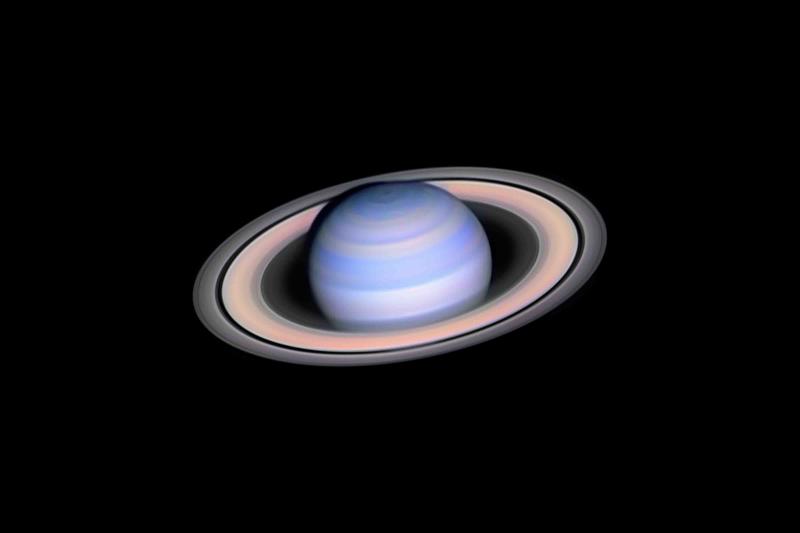
What is a planet?
A celestial body is classed as a planet if it is in orbit around the Sun, has enough mass to take on a nearly round shape and has cleared the neighbourhood around its orbit.
Eight planets in the Solar System meet this requirement. Despite many people growing up learning that there are nine planets in the Solar System, Pluto is in fact not a planet but a 'dwarf planet'. It was reclassified in 2006. Read more about Pluto and other dwarf planets here.
The main difference between planets and stars is that stars shine with their own light, generated in their interiors by fusion of the elements. Planets on the other hand shine by reflecting light from the star around which they orbit.
The order of the planets
The order of the planets in our Solar System is as follows:
- Mercury
- Venus
- Earth
- Mars
- Jupiter
- Saturn
- Uranus
- Neptune
Pluto and the other dwarf planets are located beyond Neptune. There are different ways to remember the order of the planets, including the following mnemonic:
My Very Easy Method Just Speeds Up Naming
All the planets fall into various categories depending on their compositions and conditions. Find out more about how they are classified below.
The terrestrial planets
The planets closest to the Sun (Mercury, Venus, the Earth and Mars) are basically similar in that they all have solid surfaces. They all have metallic cores and silicate mantles with a crust near their surfaces.
All show signs that large bodies bombarded them during their early existence, although those planets with atmospheres show weathering of these early features. The Earth shows the most weathering with very few craters remaining.
Radar echoes have shown active volcanoes on Venus and huge extinct ones were discovered on Mars by the Mariner 9 probe in 1971. Our knowledge of the surfaces of all the planets rests almost entirely on the results from space probes.

The gaseous planets
The gaseous planets (Jupiter, Saturn, Uranus and Neptune) are far bigger than the terrestrial planets. They are also very different as they are enormous gas balls.
Their interiors are believed to be composed of liquid forms of the gases with a peculiar form of liquid hydrogen, which behaves like a metal, at their centres. The outer parts of these planets are composed of hydrogen, helium, methane and ammonia, with clouds of different molecules being visible as bands across the visible disk.
All these planets have many satellites and they also all have ring systems, although the most extensive and beautiful is that of Saturn.
Dwarf planets and asteroids
Between the orbits of Mars and Jupiter there are very many small bodies orbiting the Sun. The largest of these is called Ceres (classified as a dwarf planet since 2006) with a diameter of 1,003 km. They are called asteroids or minor planets. Most are small bodies with diameters of a few kilometres.
The orbits of the planets
The Sun's mass acts through gravity to keep each of the planets in an orbit around it. These orbits are elliptical and the time each planet takes to go around the Sun depends on the distance of the planet from the Sun according to the law discovered by Kepler in the 17th century. The orbits of the planets about the Sun are all close to the same plane.
Planets at opposition
A planet is at opposition when it is at the point in its orbit where it is directly opposite the Sun. With the light from the Sun fully lighting it up, it is at its brightest and therefore particularly easy to see.
Planets around other stars
Since the late 1980s, astronomers have found more than 200 planets around stars other than our Sun. The task is not an easy one because the light from the central star is so bright that it dazzles the small amount of reflected light coming from any planet.


